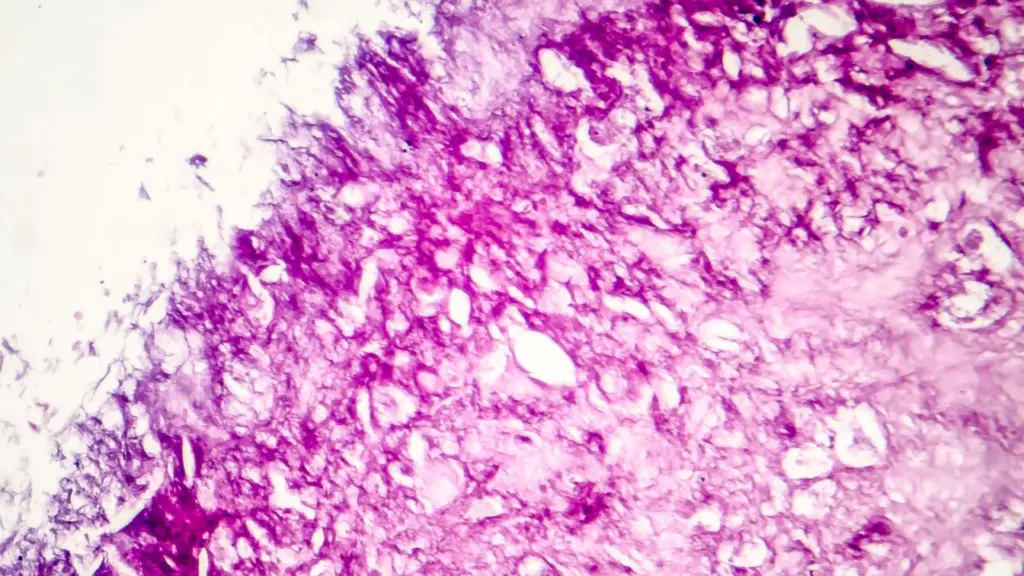08/01/2024
08/01/2024

NEW YORK, Jan 8: In a groundbreaking development, scientists in the United States have discovered a novel method to eradicate cancer cells using near-infrared light to stimulate molecules, causing vibrations that rupture the cell membranes. This revolutionary approach demonstrated an impressive 99% effectiveness against lab cultures of human melanoma cells. The methodology involves inducing vibrations in a small dye molecule used in medical imaging through near-infrared light, resulting in the formation of a plasmon—a rapid oscillation of electrons akin to waves in the sea, leading to the rupture of cancerous cell membranes.
The findings, published in December in Nature Chemistry, signify a significant stride in cancer research. Ciceron Ayala-Orozco, a research scientist at Rice University and the study's lead author, introduced the concept of a "molecular jackhammer." While the method proved successful in laboratories and on mice, the challenge lies in translating this innovation into viable human treatment options. Ayala-Orozco expresses optimism in expediting safety assessments of the molecular jackhammers, hoping for a faster timeline than the typical 15 to 20 years for clinical application.
Highlighting that a similar class of molecules is already clinically used, Ayala-Orozco envisions an accelerated clinical translation of the research. However, potential obstacles, such as side effects and toxicity, must be addressed before human application. Dr. Nisharnthi Duggan, Science Engagement Manager at Cancer Research UK, emphasized the challenge of designing medicines that cancer cells won't develop resistance to and noted the study's potential to introduce new ways of treating certain cancers, despite being in the early stages.
Notably, Rice University scientists had previously employed light-activated molecules to combat bacteria, cancer cells, and fungi, using visible light instead of ultraviolet radiation. The current method harnesses molecular jackhammers, known for their speed compared to prior molecular motors. Ayala-Orozco explained that the rapid expansion and contraction of the molecule upon light exposure—oscillating one trillion times per second—disassembled biological structures due to mechanical forces, showcasing its effectiveness.
Moreover, the near-infrared light's deeper penetration into the body enhances its therapeutic potential. Tests on mice, involving intratumoral injection of the molecular jackhammers, yielded promising results, with 50% of the mice in one group tumor-free at seven months. Ayala-Ozoco assured the safety of the molecule at the right dose, with the activated light beam effectively eliminating illuminated tumor cells. While the road to clinical application remains challenging, this breakthrough presents a potential paradigm shift in cancer treatment.


